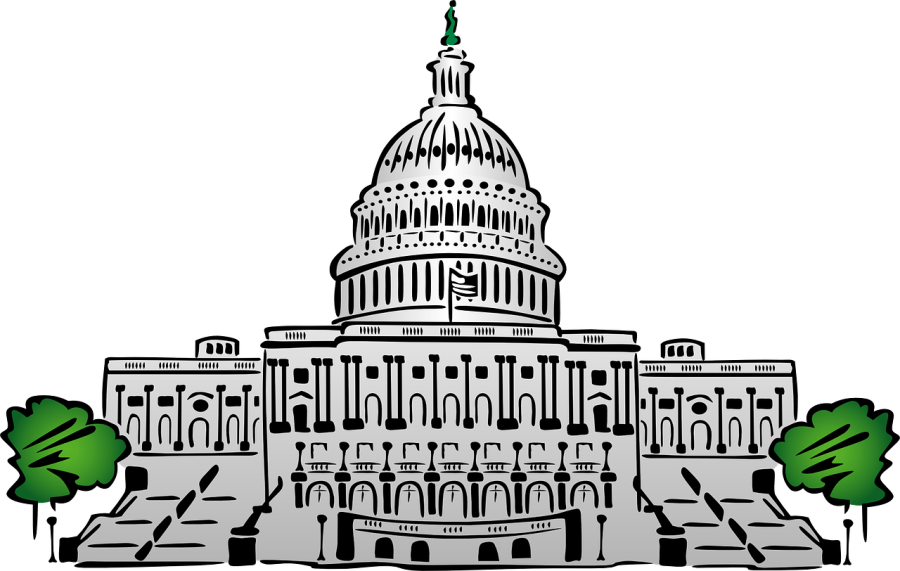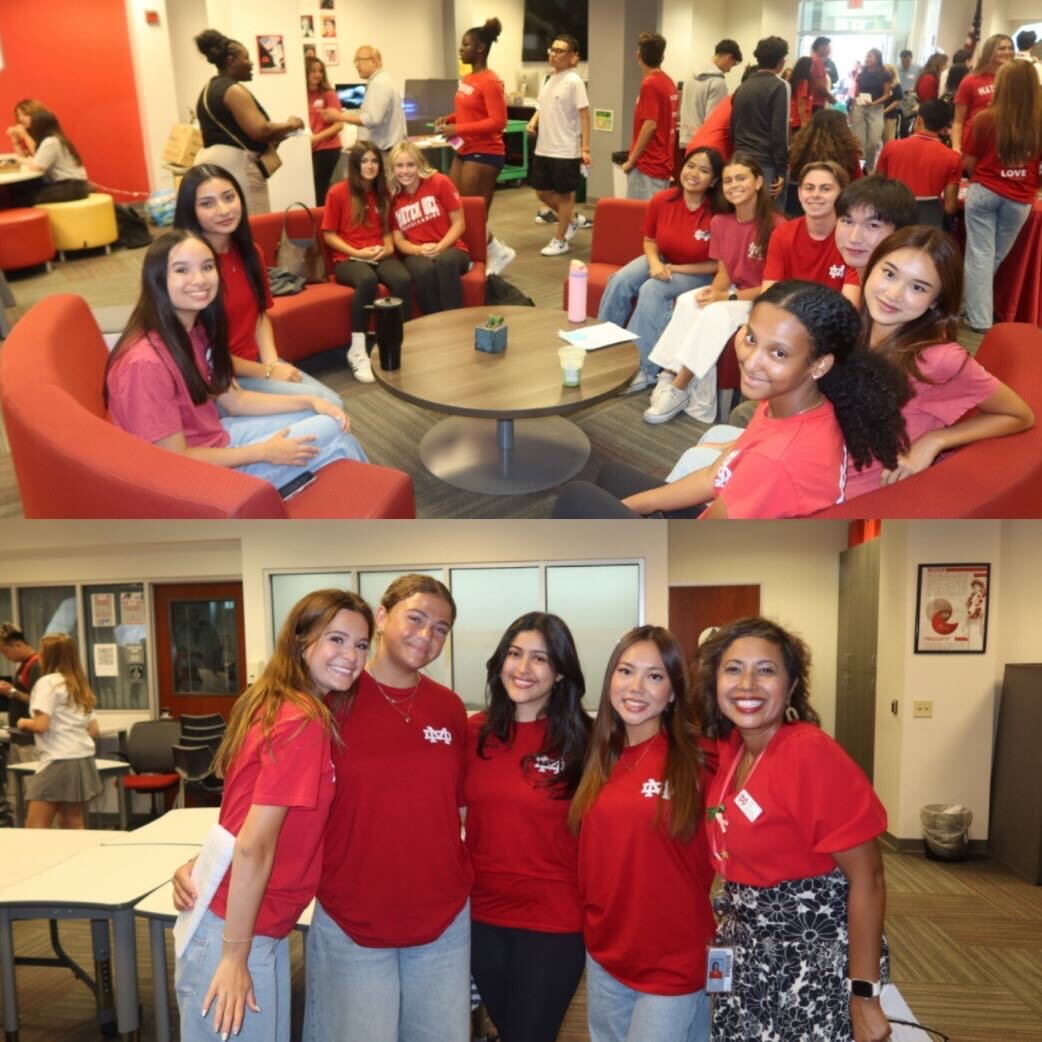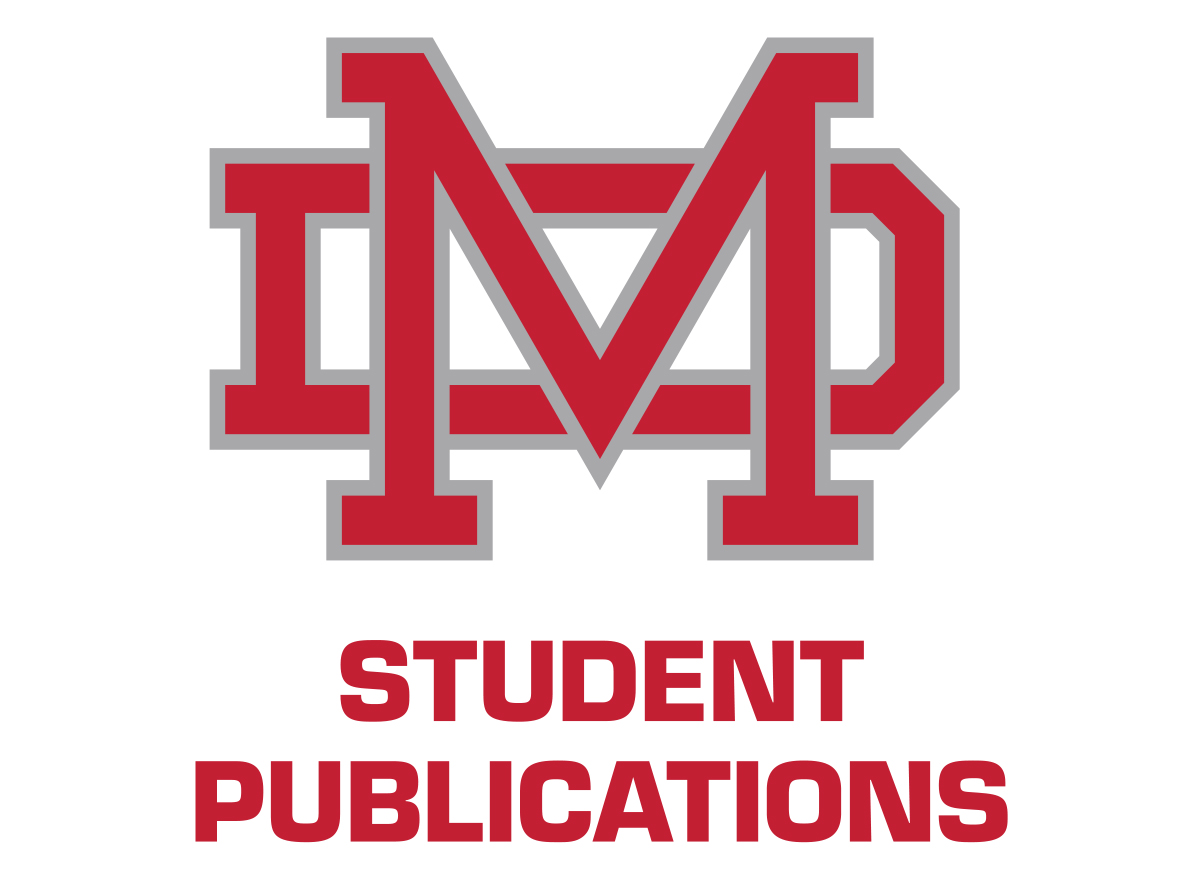Young Voters Guide to the Election
September 21, 2015
What is a Political Party?
A political party, by dictionary definition, is “an organization of people, which seeks to achieve goals common to its members through the acquisition and exercise in political power.” What this really means is that a political party is a group of people who feel strongly on the same issues, or most of the same issues, and try to help pass legislation that pertains to these issues. There are three main political parties – Republican, Democratic, and Independent. The Republican and Democratic Parties have distinct differences on different issues, not limited to tax cuts, labor and free trade, healthcare, social programs, social issues, foreign policy, energy issues and environment, education, crime and capital punishment, and individual liberty.
Democrats, Republicans, and Independents
The parties are very flexible, meaning that as voters, you do not have to agree with everything in their party’s platform. For instance, democratic candidate Lincoln Chafee sides with the democratic party on most issues, but on few, he sides with the Republicans, an example including supporting the privatization of social security.
Besides the two main political parties of democracy and republicanism, there is also the “independent party.” Independent voters, or unaffiliated voters, are voters who do not align him or herself with a political party. 33 percent of young voters were identified as independent; 37 were as Democrats, and 31 as Republicans, in 2014. Do note that believing in a couple of the democratic principles does not mean that you then are a democrat. Make sure when picking a political party don’t choose a side based solely on one or two issues. Explore more into their platforms and grasp a better idea of the political party.










Chad Smith • Sep 21, 2015 at 7:58 pm
I thought your article was well written and articulate. Well Done!
David Wasson • Sep 21, 2015 at 12:51 pm
Great Article